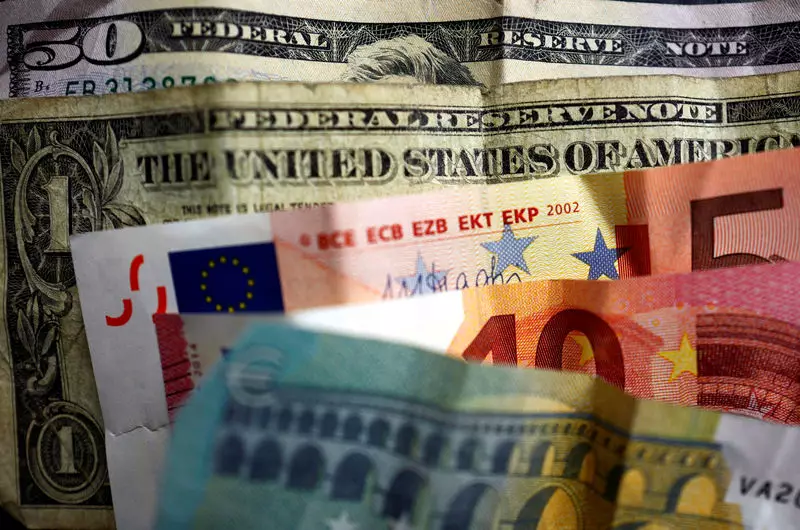The world’s currencies interact in complex ways, influenced by monetary policies, economic data, and global market sentiments. Recently, the U.S. dollar’s performance and the European currency climate have highlighted these dynamics, especially as key interest rate negotiations approach. This article provides a detailed examination of the factors affecting the dollar and the euro, offering insights into the current economic landscape.
On Tuesday, the U.S. dollar experienced a minor retreat from two-month highs. The Dollar Index, which gauges the dollar against six other major currencies, hovered around 102.915, indicating an overall stability despite fluctuating pressures. This decrease reflects a normalization phase after the dollar previously ascended by approximately 2.3% over the past month. Such a rise signals a significant correction phase, potentially ending a three-month downward trail for the dollar.
The recent demand for the dollar can be largely attributed to the United States’ encouraging employment and inflation data, which has sparked optimism among traders. This backdrop resulted in heightened expectations for only a gradual pace of interest rate cuts by the Federal Reserve, especially following the substantial 50 basis point reduction last September. Fed policymakers, including Governor Christopher Waller, have implemented a cautious approach toward future rate cuts, emphasizing a deliberate strategy moving forward.
Looking at the economic calendar, Tuesday’s schedule appeared relatively quiet in the U.S., but it still held prospects of interesting discussions. Fed officials, including FOMC members Mary Daly and Raphael Bostic, were set to address the markets, potentially providing further clarity on monetary policies and strategies. Current market projections suggest an 86.8% likelihood of a rate cut in November, highlighting traders’ anticipations that will drive market movements.
On the other side of the Atlantic, the euro remains under pressure partially due to regional inflation data signaling a need for the European Central Bank (ECB) to ease monetary policy further. Recent reports indicate that consumer prices in France and Spain have decreased, with the euro facing a 0.2% decline against the dollar, settling at 1.0892. This marks a significant moment for the euro as it grapples with declining price levels, which are far below the ECB’s target of 2.0%.
Analysts predict a consequential impact from Thursday’s ECB meeting, as financial markets have already priced in expectations for another rate cut to a 3.5% deposit rate. With the euro now slipping below the 1.090 threshold, there is a clear shift in market sentiment. ING’s analysis pointed out that the decrease in rate differentials between the euro and the dollar is prompting a notable adjustment in strategic positioning among investors, exemplified by the shifting net-long positions in the euro.
The ramifications of the dollar and euro dynamics extend beyond these two currencies. The British pound has seen a slight increase, trading at 1.3070 against the dollar, buoyed by unexpectedly positive labor market statistics. However, declining average earnings raise questions about the Bank of England’s next moves regarding interest rates in an upcoming meeting, particularly if inflation figures reveal unexpected results.
Meanwhile, the Chinese yuan’s volatility adds another layer of complexity to the global currency landscape. With USD/CNY rising to 7.1156, concerns about China’s economic health have intensified as uncertainty looms around the government’s fiscal stimulus plans. The vagueness around the details of these measures has dampened investor sentiment, highlighting the underlying challenges facing the Chinese economy amid a series of disappointing economic indicators.
The interwoven fates of the U.S. dollar, euro, and other currencies illustrate the volatile nature of international finance. Investors are continuously adapting their strategies in response to economic data and central bank policies, making the currency markets a pulsating heart of global economic activity. As the ECB prepares for its policy-setting meeting and the Fed continues to calibrate its approach to interest rates, all eyes will remain on how these pivotal decisions unfold, shaping the future trajectory of both the dollar and the euro.

